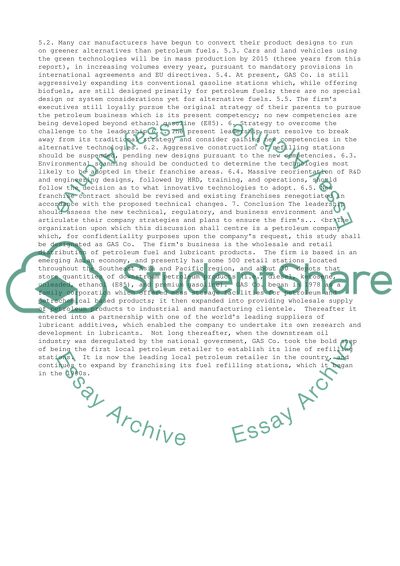Cite this document
(“Leadership challenge in GAS Co Essay Example | Topics and Well Written Essays - 2500 words”, n.d.)
Retrieved from https://studentshare.org/management/1394329-leadership-challenge-in-gas-co
Retrieved from https://studentshare.org/management/1394329-leadership-challenge-in-gas-co
(Leadership Challenge in GAS Co Essay Example | Topics and Well Written Essays - 2500 Words)
https://studentshare.org/management/1394329-leadership-challenge-in-gas-co.
https://studentshare.org/management/1394329-leadership-challenge-in-gas-co.
“Leadership Challenge in GAS Co Essay Example | Topics and Well Written Essays - 2500 Words”, n.d. https://studentshare.org/management/1394329-leadership-challenge-in-gas-co.


